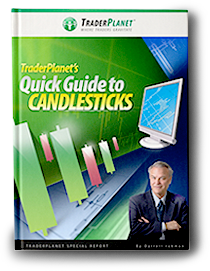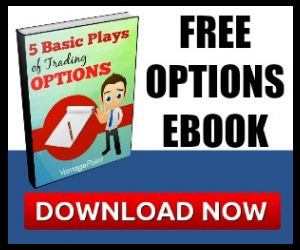When evaluating a futures or forex trading system or method, probably everyone first looks at annual return, since that’s ultimately what it is all about. But only the most naive would base their decision SOLELY on annual percentage return.
Why? Annual returns, by themselves, include no information about the risk involved to get that return. For example, would you rather have A) 5% per year, from a bank CD, or B) 5% per year, from highly leveraged speculation in soybeans? In this case, the answer is obvious. The key point is that returns matter, but the path used to get those returns is also important.
One number that new traders ignore, or usually do not put enough emphasis on, is maximum drawdown. Drawdown is the difference between the peak equity and the current equity. So, for example, if you had a maximum account equity of $10,000, and now have only $6,000 in your account, you currently have a 40% drawdown. Maximum drawdown is the largest percentage drawdown the account has had historically.
Maximum drawdown gives you a very good indication of the “pain” you’d have to endure to achieve the annual returns the trading system provides. The problem with maximum drawdown is that it is historical. As we all know, past performance is no guarantee of future results. Thus, the future maximum drawdown might be much greater than the historical maximum drawdown.
One caveat: beware of those who report drawdown based on closed trades only. Many times, people let losing trades stay open, and do not count them in the statistics. Your account equity, however, doesn’t know the difference between open and closed trades. An open loss impacts your equity the same as a closed loss. So, make sure any drawdown numbers you look at include currently open trades.
A second performance number that new traders rarely look at is the Calmar ratio. Although there are numerous variations and twists to it – refer to sites such as investopedia.com for details – in its simplest form, this number is the ratio of annual returns to maximum drawdown, over the past 36 months. If you had a 50% annual return, with 25% maximum drawdown, the Calmar ratio will be 2.0. Legendary trader Paul Tudor Jones says a long term ratio of 2-3 is very good. So, this single number tells you a lot, and is excellent for comparing different trading techniques.
Certainly only the newest of traders would look at only annual returns when evaluating an investment opportunity. There is much more to evaluation than just annual returns. By including maximum drawdown and Calmar ratio in your evaluation arsenal, you will be much better prepared to properly scrutinize opportunities that come along.



